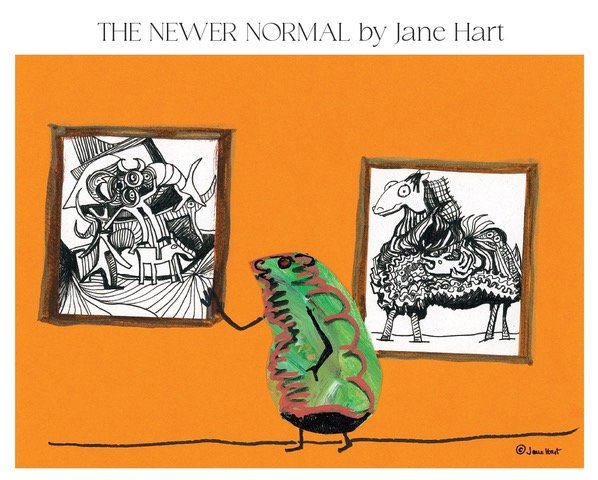The history and richness of coffee date back centuries. The Legend of Ethiopia takes place in the 9th century when a goat herder named Kaldi noticed his goats started acting strangely after feeding on little berries. He was curious, tried the berries for himself, and felt the effects of caffeine. Sharing his discovery with a local monk, they started making a drink from the berries. Ta da! Coffee is born.
Coffee cultivation and trade are credited to the Arabian Peninsula — Yemen to be precise — where coffee was being harvested and sold in the port city of Mocha by the 15th century. As coffee houses began to emerge, they quickly gained popularity as vibrant social hubs for lively conversations, music, and intellectual discussions. Over time, the coffee trade extended its reach to encompass various regions across the Arabian Peninsula and the broader Middle East.
Coffee continued its journey, reaching Europe in the 16th century via Middle Eastern merchants and travelers. European coffee houses, influenced by those in the Middle East, became vastly popular in cities like Paris, London, and Vienna. These began to serve as centers of intellectual exchange and debate, further solidifying coffee’s place in European culture.
During the 17th century, coffee found its way to the Americas through diverse routes, including the Dutch, who introduced coffee cultivation in their colony of Java (Indonesia). Subsequently, coffee production expanded to other Dutch colonies in the Caribbean and South America. This development marked the rise of coffee as a significant commodity in international trade. In the 18th and 19th centuries, coffee plantations flourished in the Caribbean, Central, and South America. Industrialization in the 19th century improved coffee production and distribution, making it accessible to diverse social classes.
In the modern era, coffee’s popularity has surged, becoming one of the most traded commodities globally: #2, only after oil. Coffee chains and instant coffee have greatly contributed to its widespread accessibility and enjoyment, making it an integral part of cultures, economies, and social connections worldwide. Its enduring allure continues to unite people through shared love for this invigorating beverage.
Coffee, as we know it, is the result of processing and roasting the seeds, also known as raw or green coffee, from a coffee cherry. Each coffee plant can live up to 100 years and produces on average 10 pounds of coffee cherries per year. There are two main types of coffee plants — robusta: Vietnam and Indonesia are among its top producers; and arabica: South America and Africa are among its largest producers, with Brazil growing more than any other country.
It should surprise no one that coffee is one of the most consumed beverages in the world. In fact, after water and tea, coffee comes in #3. Almost 10 million bags of coffee around the globe are exported each month. In the US, Americans drink 400 million cups of coffee a day. Sound like a lot of coffee? Nope. The US doesn’t even make the top ten of coffee-addicted countries. The top ten countries that consume the most coffee include:
1. the Netherlands
2. Finland
3. Sweden
4. Norway
5. Canada
6. Lebanon
7. Germany
8. Brazil
9. Qatar
10. Switzerland
On this list, the US ranks 14th. There is one obvious reason that so many people drink coffee. This beverage contains caffeine, which helps stimulate the nervous system. This, in turn, helps people feel awake, refreshed, and focused. Drinking the right amount of coffee each day is also linked to longer lifespans, reduced chances of getting Type 2 diabetes, and protection for the liver. But drinking too much can mean a lot of sleepless nights.
Please note: International Coffee Day is also Homemade Cookie Day. Go for it!





































































